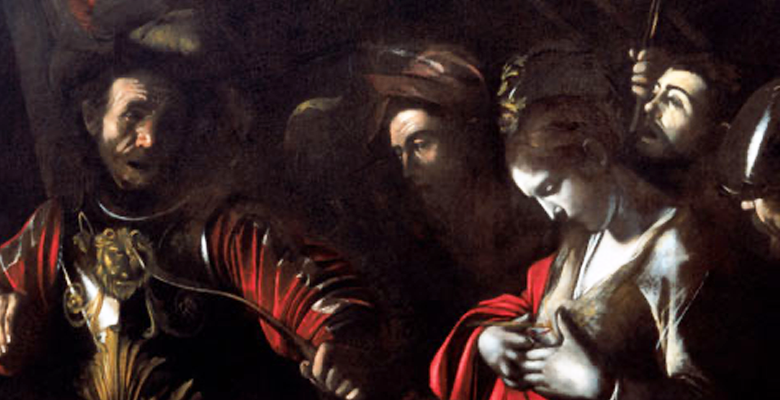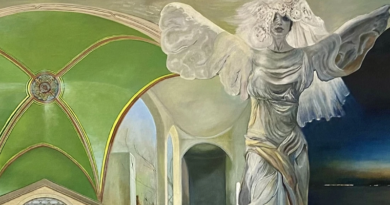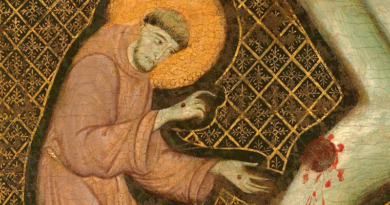Caravaggio’s Last Painting On Display In London For The First Time
Caravaggio’s last painting “The Martyrdom of Saint Ursula” is displayed alongside another late work by the artist “Salome Receives the Head of John the Baptist” at the National Gallery in London.
In a new exhibition The Last Caravaggio (18 April – 21 July 2024), “The Martyrdom of Saint Ursula”, will be displayed alongside another late work by the Italian artist from the National Gallery Collection, “Salome Receives the Head of John the Baptist”.
Michelangelo Merisi da Caravaggio (1571–1610) is one of the most revolutionary figures in art. His strikingly original, emotionally charged paintings, with their intense naturalism, dramatic lighting and powerful storytelling, had a lasting impact on European art and reverberate to this day.
“The Martyrdom of Saint Ursula’, which was only reattributed to Caravaggio in 1980 following the discovery of an archival letter describing its commission, presents a rare opportunity to explore the final period of Caravaggio’s life. This letter (Archivio di Stato, Naples) – displayed in the exhibition and shown in the UK for the first time – which was sent from Naples (where the picture was painted) to Genoa (where its patron, Marcantonio Doria, lived), records the final stages of the painting’s commission. ‘The Martyrdom of Saint Ursula’, which includes a self portrait of Caravaggio peering over the saint’s shoulder, was painted during the last months of the artist’s life. Despatched from Naples on 27 May, the finished painting arrived in Genoa on 18 June 1610. Just weeks later, in July 1610, Caravaggio himself set out from Naples, hoping to return to Rome where he believed he would be pardoned for the murder, committed in 1606, which had caused him to flee to the south. He died in Porto Ercole on 18 July 1610, never reaching his destination.
In ‘The Martyrdom of Saint Ursula’ Caravaggio departs from the traditional iconography of Saint Ursula where she is generally portrayed only with the symbols of martyrdom and in the company of one or more of her virgin companions. Instead, he chooses to depict the very moment in which the saint, having refused to marry a Hun who did not share her Christian faith, is shot by him with an arrow. The tightly cropped composition gives the scene tremendous dramatic emphasis. The entire scene is imbued with a complex interplay of light and shadow or chiaroscuro, characteristic of Caravaggio’s paintings. The viewer is faced with an intricate depiction of hands: the guilty hands that have just shot the arrow, Ursula’s hands framing the fatal wound in her chest, and the bystander’s hand, thrust between the two protagonists just moments too late. Caravaggio includes his own self portrait on the right of the painting, looking on, helpless.
“The Martyrdomof Saint Ursula” will stay in London’s National Portrait Gallery until 21 July 2024.
Admission is free.





